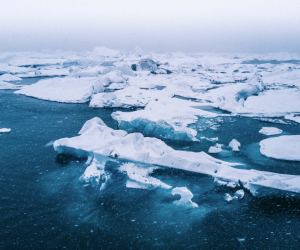
Sorry, your browser is not compatible with this application. Please use the latest version of Google Chrome, Mozilla Firefox, Microsoft Edge or Safari.
Maritime Infrastructure: A Strategic Approach and Interagency Leadership Could Improve Federal Efforts in the U.S. Arctic
Maritime shipping activity, as indicated by the number of vessels in the U.S. Arctic, generally increased from 2009 through 2019. Domestic maritime activity declined after the discontinuation of offshore oil and gas exploration activities in Alaska’s Chukchi Sea in 2015. However, since 2015, international activities related to natural gas development, particularly in the Russian Arctic, have increased, according to stakeholders. Factors affecting decisions of ship operators about whether to operate in the U.S. Arctic include increased operating costs of Arctic-capable ships, environmental changes that have caused more volatile weather and ice conditions, and concerns over environmental impacts.
Agencies have taken some steps to address Arctic maritime infrastructure gaps identified by federal agencies, such as a lack of nautical charting, but federal efforts lack a current strategy and interagency leadership. Examples of agency actions include the U.S. Coast Guard developing recommended shipping routes and the National Oceanic and Atmospheric Administration continuing to chart Arctic waters.

| Format: |
|
| Topics: | |
| Website: | Visit Publisher Website |
| Publisher: | Government Accountability Office (GAO) |
| Published: | April 1, 2020 |
| License: | Public Domain |
Featured Content

Contact Publisher


Claim Content





